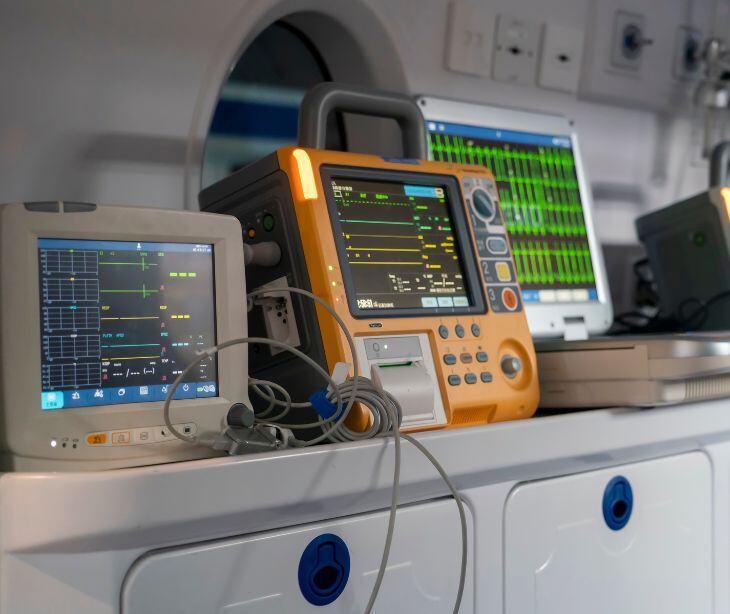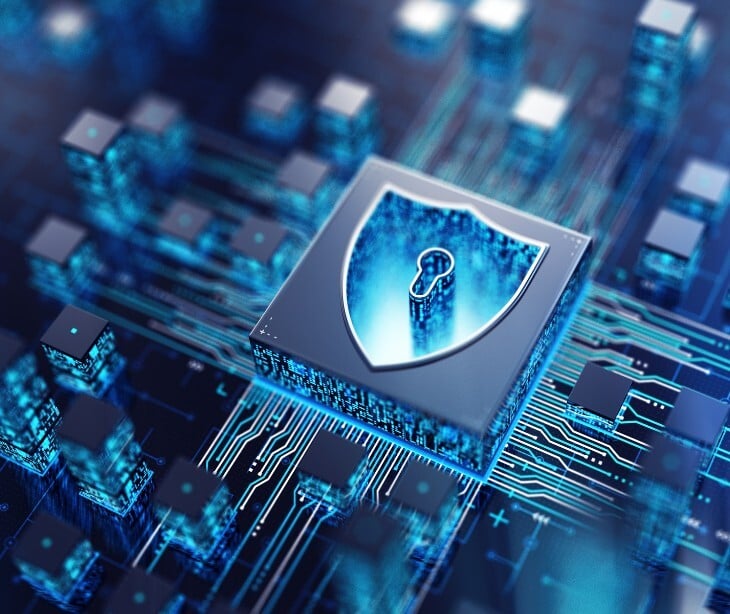
Security logging records events in an organization's IT systems and networks. It captures data from various sources and monitors system and network activities, ensuring authorized use and maintaining awareness.
Can security logging play a role in HIPAA compliance?
Yes, security logging can play a significant role in HIPAA compliance. Recording events within healthcare information systems and networks help ensure the confidentiality, integrity, and availability of protected health information (PHI). Through the generation, management, and analysis of logs, healthcare organizations can monitor access to PHI, detect unauthorized activities, and respond promptly to potential security incidents. This proactive approach to security logging safeguards patient data and maintains robust data protection standards in the healthcare sector.
See also: HIPAA Compliant Email: The Definitive Guide
See also: What is data security?
Steps to implementing security logging
Step 1: Assess needs and define objectives
Determine what needs to be logged based on your organization's IT infrastructure and compliance requirements, such as HIPAA, GDPR, or other relevant regulations.
Step 2: Develop a logging policy
Create a comprehensive policy that outlines what events will be logged, log format, retention periods, and access controls. This policy should align with your organization's security and privacy policies.
Step 3: Choose appropriate logging tools
Select logging software or tools that meet your requirements. This may include security information and event management (SIEM) systems, log management solutions, or specific tools for applications, servers, and network devices.
Step 4: Configure logging sources
Set up and configure your systems, applications, and network devices to generate logs. This includes servers, firewalls, routers, and other relevant hardware or software.
Step 5: Establish log storage and management
Implement a secure, centralized log management solution where all logs can be aggregated, stored, and analyzed. Ensure that the storage solution is scalable and secure.
Step 6: Implement log monitoring and analysis
Regularly monitor and analyze the logs to identify any unusual or suspicious activities. Automated tools can help in real-time monitoring and alerting for potential security incidents.
Step 7: Ensure log security and access control
Protect log integrity and confidentiality. Restrict access to logs to authorized personnel only and implement robust authentication mechanisms.
Step 8: Plan for log backup and recovery
Regularly back up log data and ensure you can recover it in case of data loss or system failure.
See also: Monitoring encryption and data security measures for HIPAA compliance
Subscribe to Paubox Weekly
Every Friday we'll bring you the most important news from Paubox. Our aim is to make you smarter, faster.




